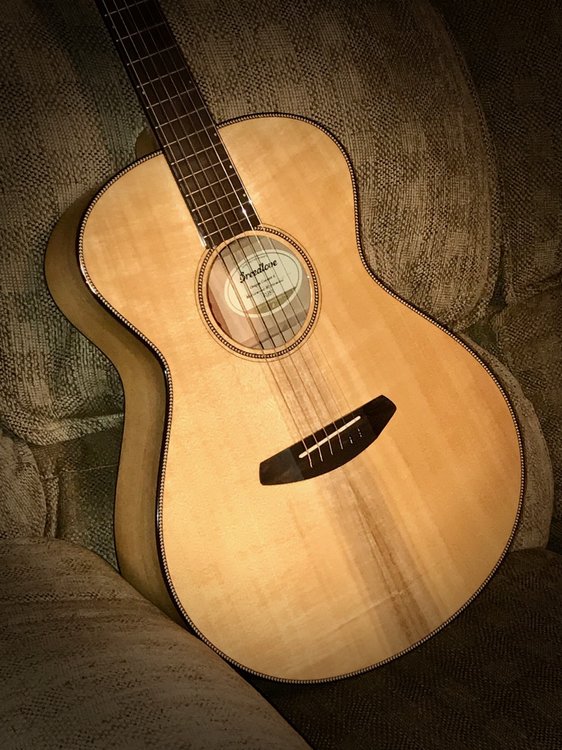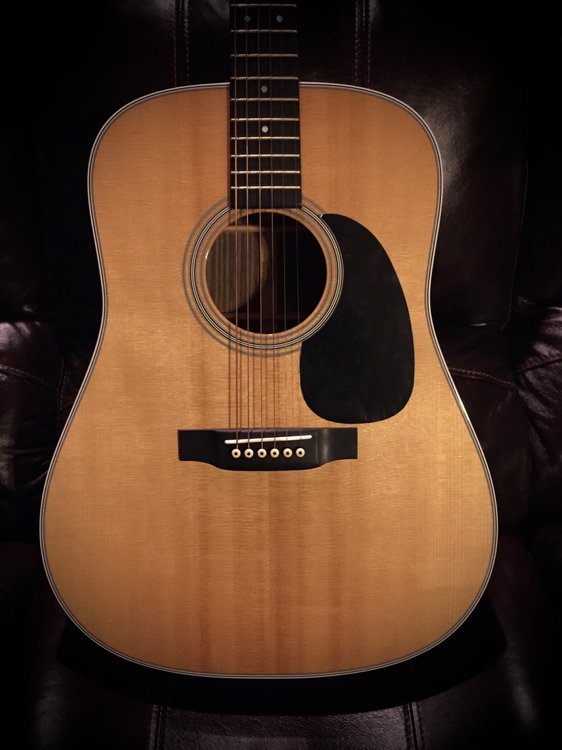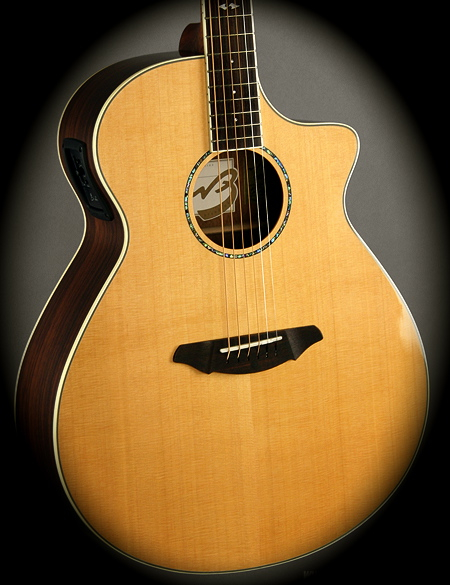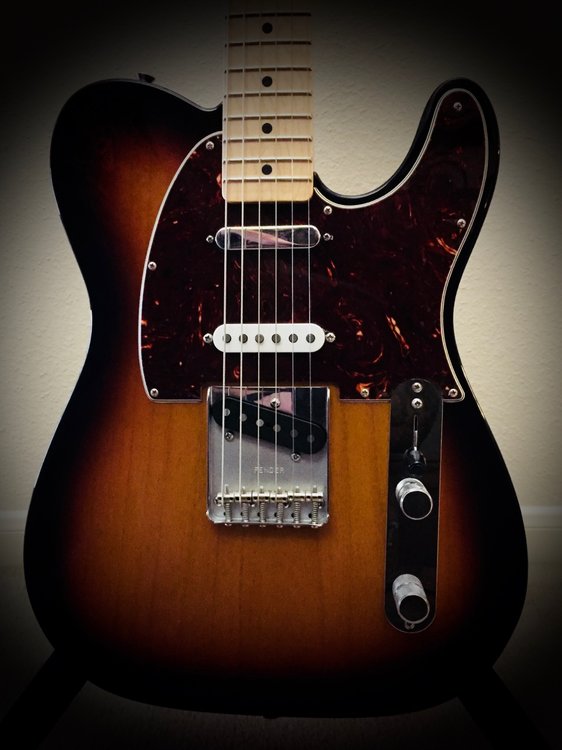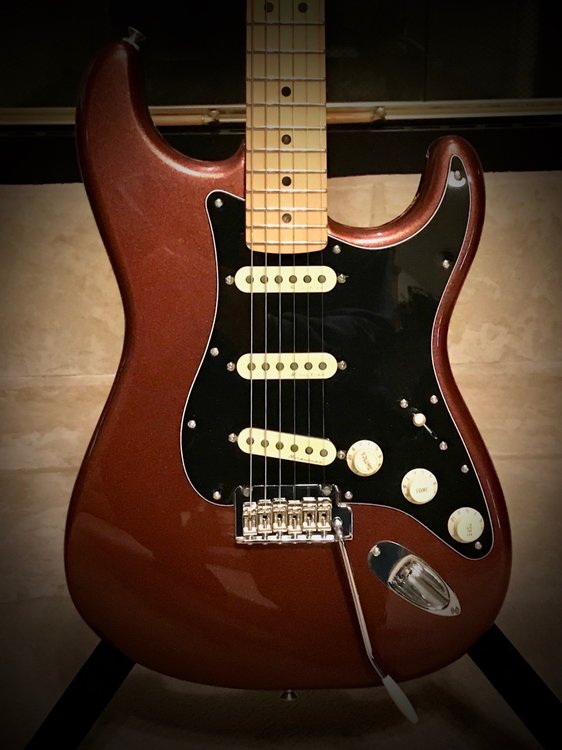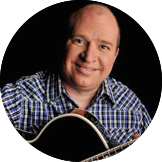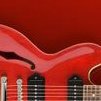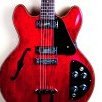-
Posts
204 -
Joined
-
Last visited
-
Days Won
43
Content Type
Profiles
Forums
Gallery
Events
Articles
Blogs
Downloads
Community Map
Everything posted by Mike Hoodenpyle
-
Dave, If I understand correctly, you're asking about the theory behind two chords with the same root in a song, one major and one minor, and sometimes one following the other. An example would be if you were playing a song in the key of G, and you had both a C major chord and a C minor chord. An example of this is the Randy Travis version of "Were You There." You can listen here: From about :37 to about :49, the chord progression is G - Em - C - Cm - G. The Cm obviously isn't from the key of G. It's a borrowed chord from the parallel key of G minor. You see lots of songs with chords borrowed from other keys, usually closely related keys. A closely related key is one where the number of accidentals vary by one (or two, depending on who you ask). For example, the key of A has three sharps. The key of D has two sharps, a difference of one. The key of E has four sharps, also a difference of one, so both keys D and E would be considered closely related to A. Chords borrowed from parallel keys aren't as common in my experience, but they do occur. Hope that helps.
-
Click on "Share" on the menu bar, then click on "Export Song to Disk." Then you should have an option to compress the file. Click in the box to compress and two new drop downs should appear. Open the "Compress Using" dropdown and select "MP3 Encoder." For the audio settings option, I use higher quality. At least that's how it works with my version, 6.0.5. If you have a different version and you don't see the options I described, you might check your Garage Band preferences and see if you can change it there. Failing that, try Google. You can find just about anything on the web. Good luck!
-
I used it in church for the first time yesterday, and I'm pretty happy with it. I played two songs on acoustic, then switched to electric for the next two. Pretty easy operation and it worked out well. I dialed in my settings and saved channel 1 for my acoustic, and channel two for my electric. Got an A/B switch, so no cable switching to do. I have a volume pedal for my electric, and a pre-amp with a boost switch for my acoustic, so I adjusted volume as needed with those and left the settings on the amp the same for both guitars. The only thing I questioned was the settings saved for each channel. The manual says when you save your settings in a channel, all controls on the panel are saved except for the master volume. That seemed to be the case, except you also have to switch the "Amp Type" knob to select Acoustic, Clean etc., as well as turn up the master volume. No big deal, I just wasn't aware I had to do that at first based on what the manual says, but figured it out before Sunday. The effects I dialed in and saved to each channel worked as advertised. The clean electric tone I set up sounded really good. Very fat, sweet tone. The acoustic was very good, too. Not as warm as I'd like, but I can probably make some adjustments and improve it. It's a great amp in my opinion, and when you consider the price, it's phenomenal. On another note, I never would have had this amp on my radar if not for this forum, and you two guys singing its praises. Thank you both very much, and thanks to Steve for the forum!
-
I'm very impressed. I doubt I'll download any presets, at least not for a while. For my purposes, this thing has plenty of options built in. I dialed in a nice, slightly boosted clean tone with a little reverb and saved it to channel 1, and saved settings I like for an acoustic tone to channel 2. That's probably all I'll ever need playing in church. I can't believe how good this thing sounds, especially for the price. Very pleased.
-
I took a leap of faith and made a quick trip to Guitar Center over lunch and picked up one of these. Very anxious to try it out, but I probably won't get to until Saturday.
-
Right, I was thinking of writing the settings on an index card and taping it to the top of the amp.
-
I'm looking for an inexpensive amp I can use in church and just leave there rather than carrying it to/from home. This looks like it may be a really good option, especially since it's for both electric and acoustic.
-
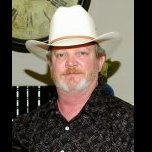
Strat Trem Set-up
Mike Hoodenpyle replied to Mike Hoodenpyle's topic in Guitar Care, Repair & Building
Thanks, Greg. I'll work on the nut some more when I get a chance and see how it goes. This guitar has a two-screw bridge. -

Getting Inspired to Play, Practice or just Enjoy
Mike Hoodenpyle replied to Popeye's topic in Guitar Playing & Technique
TE is my all-time favorite player. Saw him live last year and he puts on an amazing show. Gabriella is phenomenal. I've been following her for a few years now. Thanks for sharing. -

"New" Guitar Day - Gibson ES-137
Mike Hoodenpyle replied to NeilES335's topic in Guitar Gear, Amps, Effects, Pedals
Sweet looking guitar. Enjoy it! -
I don't really name mine, but "they" say you're supposed to, so I thought I'd have some fun with it. Breedlove Oregon Concert, aka Faith Martin D28, aka Alison Breedlove Atlas Jumbo, aka Emmylou Fender Deluxe Nashville Tele, aka LeAnn Fender Deluxe Roadhouse Strat, aka Reba Sense a theme here? I don't have a Trisha. Gotta get a Trisha.
-
Good to know, thanks.
-
Thanks Randy. I'm sure I would lean toward the T5 rather than the T5z. I know the T5 has a larger body, flatter fretboard and standard frets, as opposed to the jumbos on the T5z. They're both short scale guitars as well, so that contributes a lot to ease of play. If the action is too high from the factory, lowering it shouldn't be a problem. Thanks again!
-
Those are some really nice sounds. Great playing and productions, too. Thanks for sharing. I have a Fishman Loudbox Artist for acoustic and a Fender Super Champ for electric. I could plug in to both with an A/B switch. As you said, I would need to do the same with the T5. I was just hoping to avoid carrying two amps. I like the altered tuning option, too. I play fingerstyle in DADGAD sometimes, so that could be a great feature. The only negative I see so far is the string spacing at the nut is narrow, only 1 5/8", so fingerstyle may be a challenge. I've definitely got to try one of these out. Looks like lots of fun and practical as well. Thanks again!
-
Thanks, Ice. I hadn't heard of this guitar. I looked at some videos this morning, and wow, this thing is just sick and twisted. Can you really get an acoustic tone that sounds like the real thing? From what I heard in the videos I watched, it sounds very good, but all kinds of tone shaping may have gone on behind the scenes/post-recording for all I know. What kind of amp do you run it through? Thanks again.
-
Does anyone here have a Taylor T5? If so, how do you like it? And do you gig with it? I just started playing with my church band again, and I'm thinking one of these would come in pretty handy. It would be great to be able to go back and forth between electric and acoustic with one guitar, and sometimes make the switch within the same song.
-
"If you miss practice one day, you can tell. If you miss practice two days, your friends can tell. If you miss practice three days, everybody can tell." - Chet Atkins
-

Favorite Guitar Picks
Mike Hoodenpyle replied to Cindy's topic in Guitar Gear, Amps, Effects, Pedals
I like the tone from celluloid picks the best of any I've tried. I use Planet Waves extra heavy, 1.25 mm and Fender heavy. Fender doesn't say how thick they are, but I've read they're around .9 mm, which is probably about right based on how they feel compared to the PW extra-heavy. -

NGD - PRS Hollowbody I
Mike Hoodenpyle replied to matonanjin's topic in Guitar Gear, Amps, Effects, Pedals
That's a stunner. -

METRONOME APP
Mike Hoodenpyle replied to KYSLOWFINGERS's topic in Guitar Gear, Amps, Effects, Pedals
I use Pro Metronome, which works very well. It has a tap feature, so you can listen to a song and tap along with the beat to determine the tempo. I haven't used that feature much, but it's kinda cool. -
Just sent you an mp3, though it's over a year old. I'm working on something else I hope to have done before the deadline. Just have to find the time.
-
Regarding the 6th string on 5th string barre chords, you can touch it to mute it as previously stated. You can also go ahead and extend the barre to the 6th string and play it if you want. Remember, the 6th string notes are the same as the first string notes, just two octaves lower. If you extend the barre to the 6th string and play it, you're just playing the fifth of the chord as the bass note. For example, say you're playing a 5th string barre C chord. Your barre is at the third fret, so if you extend the barre to the 6th string, you're adding a low G, the chord's fifth, as the bass note. That could be useful if you want to play an alternating bass between the 1st and 5th, or there may be other times it could come in handy if you want that lower bass note or just a slightly fuller sounding chord. I don't recommend it at this stage as barre chords are hard enough to learn, but file it away for future reference.
-

Who is your favorite guitar manufacturer?
Mike Hoodenpyle replied to Cindy's topic in Guitar Gear, Amps, Effects, Pedals
I guess I don't really have a favorite brand. I've never been a Martin guy, but I ran across a D-28 a couple of years ago that's fantastic, so it's in the stable. The best Martin I've ever run across, to my ear, was an M body if I recall correctly, basically a OOOO. It was amazing, but I wasn't in the market at the time. That was over 10 years ago, but it still feels like it's "the one that got away." My all-time favorite is my Breedlove Oregon Concert, all Myrtlewood. It blows me away every time I play it. I've played guitars from most major brands, the aforementioned Martin and Breedlove, as well as Taylor and Gibson, that highly impressed me. But I've also played some from all those brands that were absolute dogs. The most consistently good guitars I've played have been Larrivees. I don't remember ever having played a bad one. From their 03 to 09 and 50 and 60 series, all have been good, some great.




